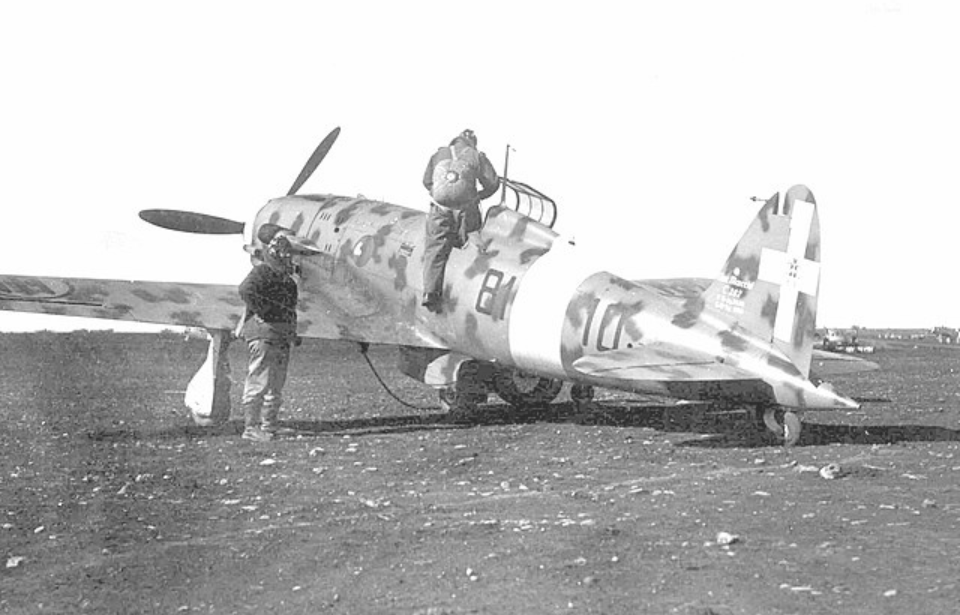When World War II broke out, countries wanted their troops to have the best equipment possible. However, this was made difficult by a variety of factors: manufacturing time, scarcity of materials and the inability to properly test prototypes. The Italian Macchi C.202 Folgore experienced a number of these issues. Despite that, it became one of the true workhorses of the conflict.
Origins of the Macchi C.202 Folgore
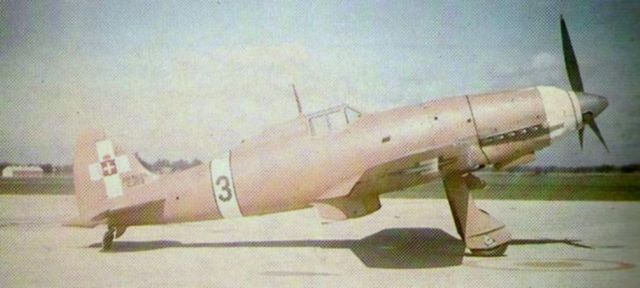
In the 1930s, the Italian military instructed aircraft manufacturers to develop new models with radial engines. Over the course of the decade, this style became obsolete and had difficulty powering the aircraft of the day. However, since they had been instructed to focus on this one type of engine, the country’s manufacturers had failed to develop more powerful ones.
Toward the end of 1939, Alfa Romeo was tasked with producing an engine for Macchi Aeronautica. The latter company grew tired of waiting for the parts and decided to order a single DB 601Aa engine from the German company, Daimler Benz. This led Macchi’s chief of design Mario Castoldi to pair the engine and a new fuselage with the body of a C.200.
The Macchi C.202 Folgore rapidly went into production
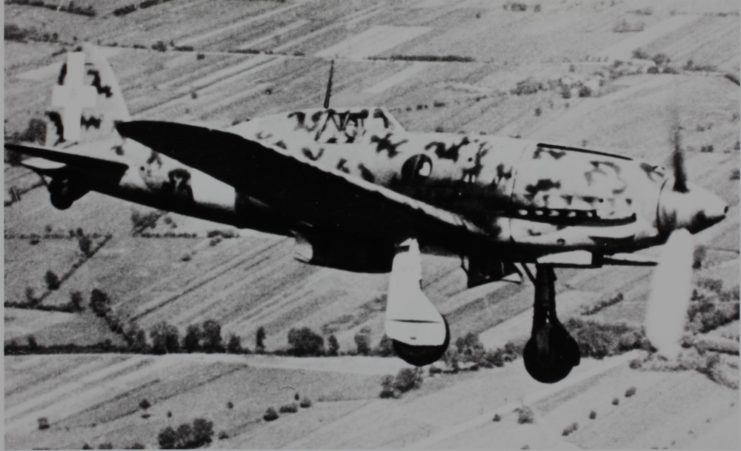
Italy entered the Second World War in the summer of 1940. There was now a much faster push to get aircraft in the air. Testing on the Macchi C.202 Folgore began that August. The prototypes soon found themselves in the town of Guidonia, where they were flown by the country’s top test pilots, who raved about the aircraft both for its incredible speed and solid construction.
While there was significant excitement about the C.202, its construction was no easy feat. It had been designed in a way that made mass production incredibly difficult. Some of these problems were solved by transferring production to Società Italiana Ernesto Breda, a Milan-based manufacturer, but production was still constrained by the limited number of engines available.
Taking to the sky during the Siege of Malta
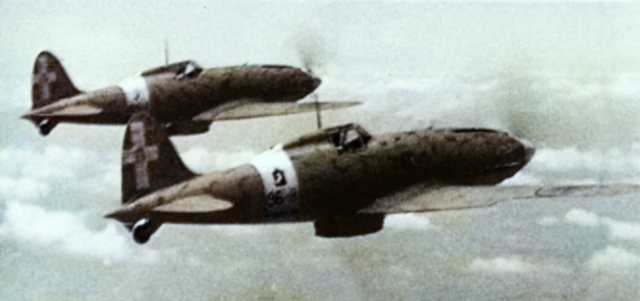
The Macchi C.202 Folgore was different from past Italian aircraft, as it featured a German-made engine and a more streamlined fuselage. It was known among pilots for being very well-made. The only complaints were that it wasn’t as well armed as other aircraft and that the 12.7 mm Breda-SAFAT machine guns and ammunition storage made it too heavy. Some also complained that its radios and oxygen systems were unreliable.
North Africa Campaign and deployment to the Eastern Front
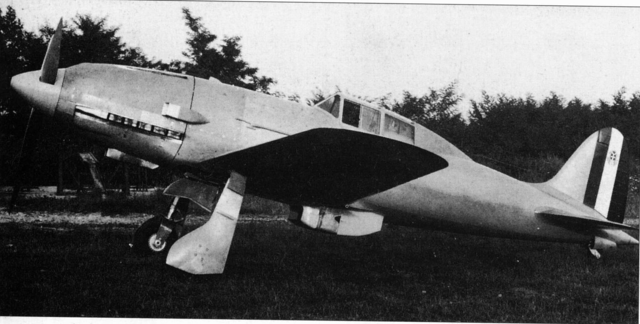
In late November 1941, the Italians joined the Germans in North Africa to face off against several other countries. The pilots flying the Macchi C.202 Folgore were instructed to do so in a similar fashion to the Luftwaffe, which meant they had to attempt to destroy grounded enemy aircraft while also fighting opponents using “dive and zoom” tactics. One of their most successful flights was during the Battle of Bir Hakeim, where the Italians went up against pilots from the Desert Air Force (DAF).
Legacy of the Macchi C.202 Folgore
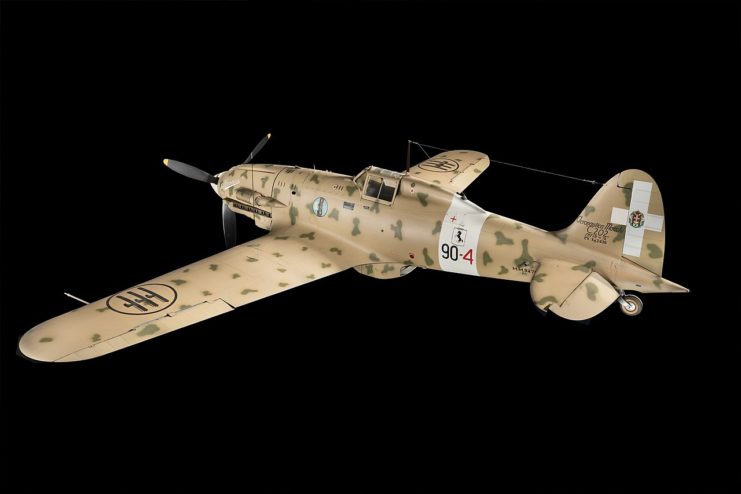
The Macchi C.202 Folgore was given a second life as a trainer aircraft for Italian pilots and stayed in service until 1951. Outside of Italy, a number of other countries were in possession of it. The Luftwaffe had 12, while Croatia flew the aircraft in interceptor roles against Allied bombers.
